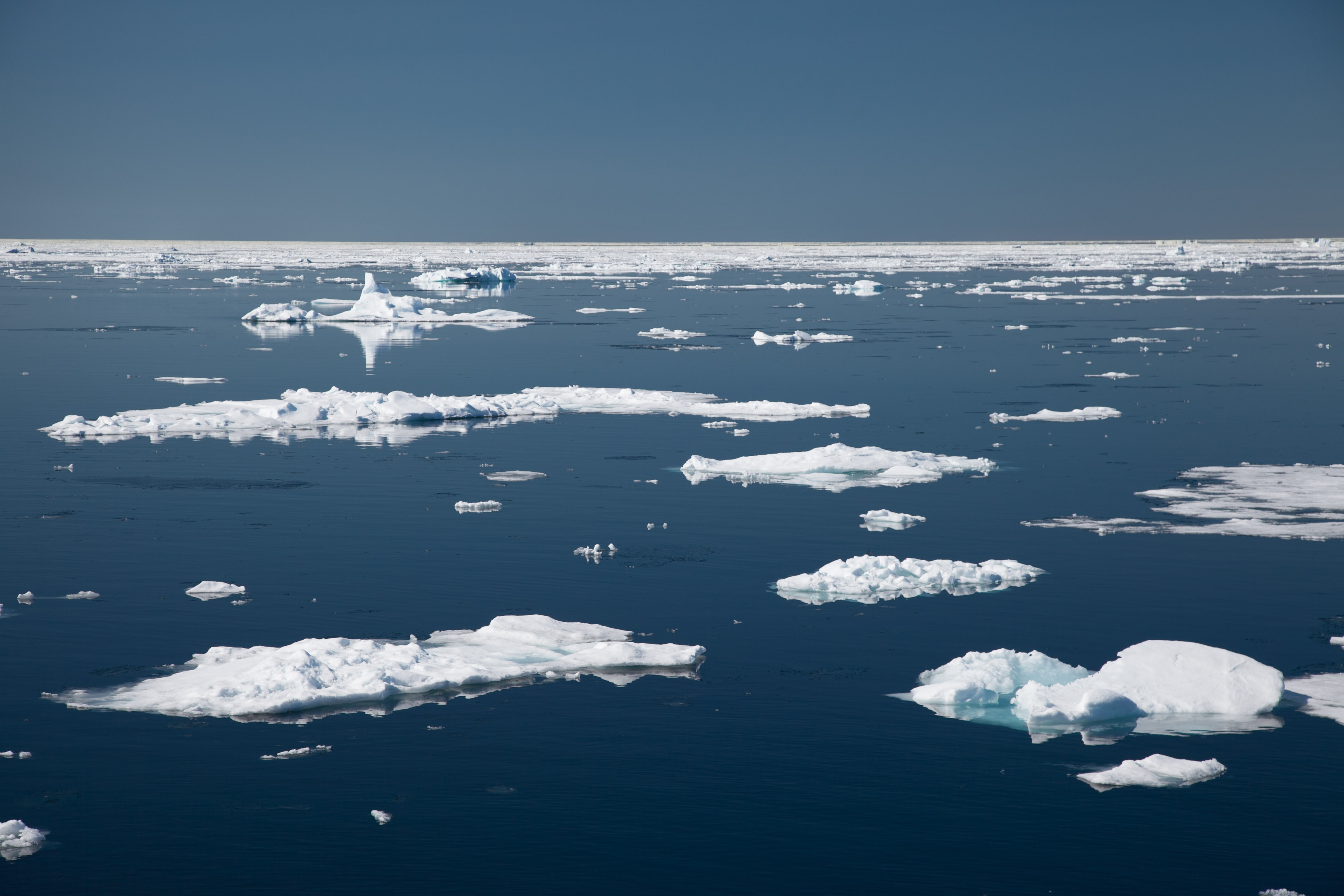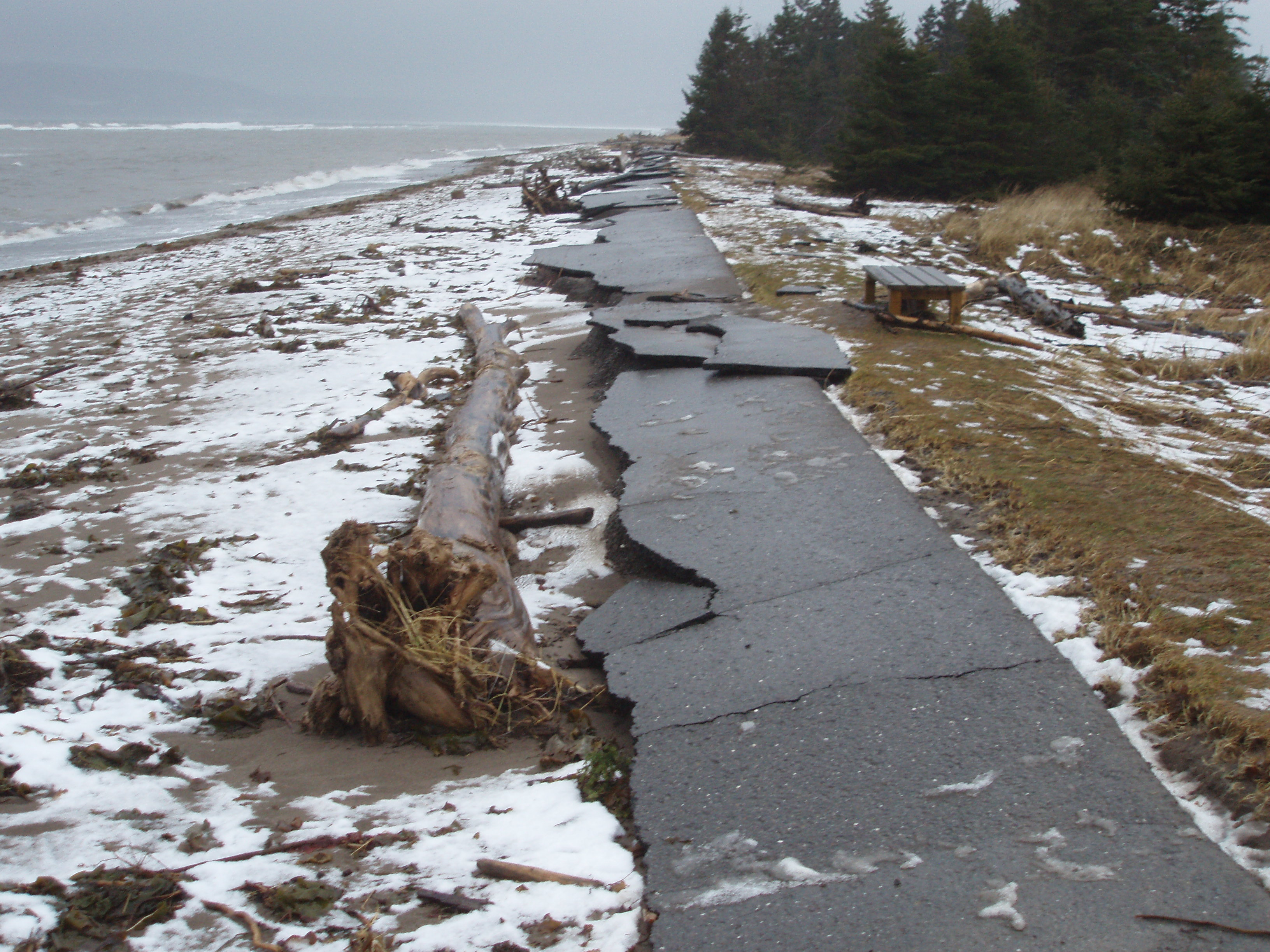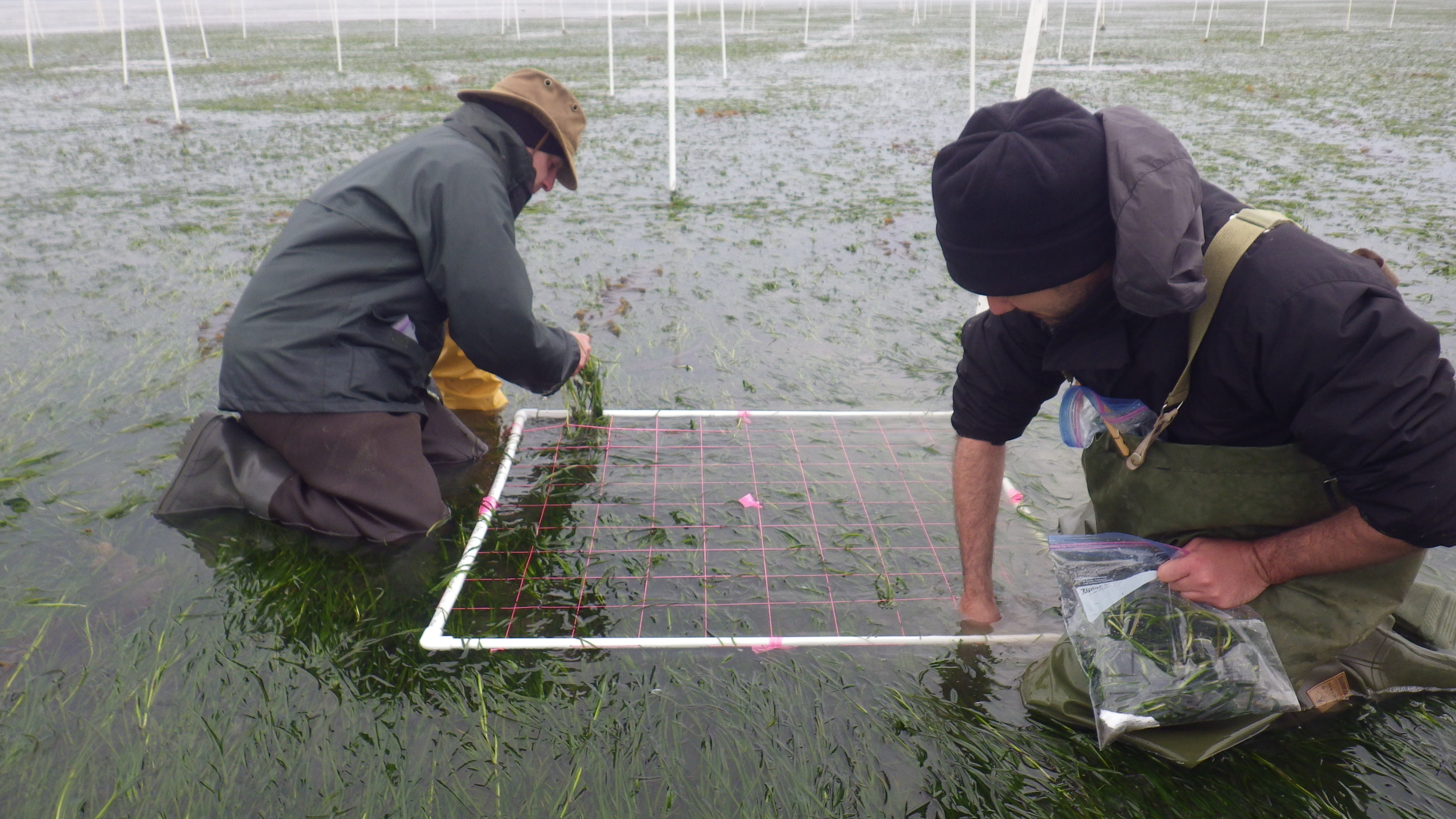SINCE APRIL 1st, 2025 — In the interests of improved follow-up and efficiency, please send your IT support requests to aide@qo.ulaval.ca.
Climate change and the different activities we carry out on the water and along the coastline put multiple pressures on the marine environment, modifying its habitats, biodiversity and the services it provides to humanity. It is with a view to help society achieve sustainable and safe use of coastal marine environments that Québec-Ocean works on five themes that address the needs and concerns of diverse provincial and federal departments, municipalities, ports, management and conservation organizations as well as the general population. Note that ocean warming is not the subject of a specific theme here since it is a cross-cutting issue

In polar and subpolar regions, the loss of sea ice opens new navigation routes and facilitates access to living and mineral resources. It also changes the lives of Inuit in the Arctic, threatens the survival of marine organisms that depend on ice for breeding and hunting, and allows temperate species to expand their geographical range and alter marine food webs. Meanwhile, the melting of glaciers raises sea level and combines with the loss of sea ice to form a layer of low salinity water that caps the ocean surface. The resulting vertical stratification of the water column could weaken the dense-water formation that normally drives global ocean circulation, tempers the climate and oxygenates the deep ocean. It may also reduce the vertical mixing necessary to bring back to the surface the essential nutrients on which all life depends.
The team takes measurements at sea, experiments in the laboratory, uses remote sensing and coupled numerical models to quantify, understand and better anticipate the positive or negative effects of melting on biological productivity, biodiversity, the flow of mater and energy in the ecosystem and the role of cold oceans in global biogeochemical cycles.

Several natural events, including erosion and earthquakes or submarine landslides, threaten the shoreline, coastal marine ecosystems and infrastructures built on the seafloor or the coast. Multiple factors come into play. Erosion, for example, is affected by wave action and sediment dynamics as well as rising water levels, declining sea ice and changing freeze-thaw cycles. For the St. Lawrence River, a combination of rising sea level and decreasing river flow in the future might induce an advance of the salt front toward municipalities that draw their drinking water from the river.
The team is analyzing these various phenomena to better manage the risks, anticipate potential impacts and propose mitigation or adaptation measures. Wave and sediment dynamics are studied in coastal marshes and adjacent intertidal zones in order to better understand the mechanisms that modify shorelines and coastal morphology.

Considering the diversity of pressures already exerted by human activity on the marine environment (e.g., urban, agricultural and industrial discharges, port activities, navigation, tourism, global change) and the future growth envisioned by the Strategy Maritime du Québec, decision-makers must have access to scientific support in order to properly align practices with the need to preserve marine species and ecosystem services. The development of monitoring and management approaches anchored in current scientific data assessing the quality of the marine environment is essential to understand and mitigate the impacts resulting from underwater noise, anthropogenic inputs of nutrients (eutrophication) and micro-plastics, acidification, hypoxia and the pollution of water, organisms and sediment by various contaminants.
The team studies underwater noise, point and diffuse inputs of nutrients, contaminants and organic matter as well as the acidity and oxygen content of water in order to assess and model their impacts on organisms, biodiversity, ecosystem functioning and productivity, and the incidence of toxic or harmful algal blooms. It assists stakeholders from different sectors of activity in the implementation of marine observatories and scientific monitoring aiming to better protect marine environments.
Maritime safety and the management of multiple socio-economic activities, environmental crises and natural risks related to the marine environment are based on the ability to describe in real time, and then predict, the state of the ocean. This includes water properties, the speed and direction of ocean currents, wave heights and sea-ice motion. This capability is used, for example, to anticipate the dispersion of chemical pollutants or the toxins produced by harmful algae, prevent and contain oil contamination, make navigation profitable and safe, optimize rescue and recovery operations at sea, and handle ice near oil rigs or coastal installations.
The team uses innovative techniques for measuring and monitoring the state of the ocean (satellites, high-frequency radars, buoys) and coupled numerical models ocean-wave-ice-ice-atmosphere to improve the accuracy and speed of operational forecasts.
Numerous coastal communities enjoy a close relationship with the sea. The Inuit of Nunavik in particular rely heavily on living resources from the ocean (e.g. shellfish, marine mammals, fish) for food, clothing, culture and spirituality. Access to abundant and healthy marine foods remains an essential component of food security in Northern Quebec. The nutritional quality of these foods can also have an impact on the physical and mental health of populations, since they contain both beneficial molecules (e.g., polyunsaturated fatty acids, antioxidants, selenium) and contaminants (e.g., mercury). The accessibility, abundance and nutritional quality of local marine animals are now compromised by climate change and its impacts on the productivity and functioning of pelagic and benthic food webs.
The transectoral team is working to elucidate the underlying oceanographic processes and their possible effects on the well-being of northern communities, both at present (observations) and in the future (modelling). It aims to better identify the different facets of the relationship that communities have with the marine ecosystem, both in the St. Lawrence and in Nunavik, and to support communities in their search for adaptation measures in the face of climate change and increased climate variability
Go to Axis 2 ⇀